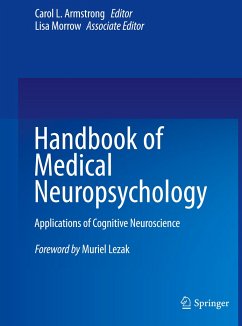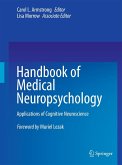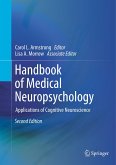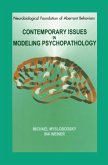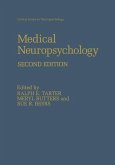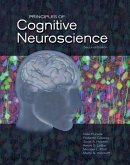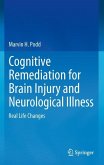This handbook celebrates the abundantly productive interaction of neuropsychology and medicine. This interaction can be found in both clinical settings and research l- oratories, often between research teams and clinical practitioners. It accounts for the rapidity with which awareness and understanding of the neuropsychological com- nents of many common medical disorders have recently advanced. The introduction of neuropsychology into practice and research involving conditions without obvious neurological components follows older and eminently successful models of integrated care and treatment of the classical brain disorders. In the last 50 years, with the growing understanding of neurological disorders, neuropsychologists and medical specialists in clinics, at bedside, and in laboratories together have contributed to important clinical and scienti c advances in the und- standing of the common pathological conditions of the brain: stroke, trauma, epilepsy, certain movement disorders, tumor, toxic conditions (mostly alcohol-related), and degenerative brain diseases. It is not surprising that these seven pathological con- tions were the rst to receive attention from neuropsychologists as their behavioral symptoms can be both prominent and debilitating, often with serious social and economic consequences.
From the reviews:
"'Handbook of Medical Neuropsychology: Applications of Cognitive Neuroscience' edited by Armstrong and Morrow (2010) with chapters on topics ranging from learning disabilities to rehabilitation. And, as the reader will find, many chapters within this volume provide a detailed review of a subsample of these newer applications. ... Those interested in Autism will find a nice review of imaging advances ... . the reader will also find a succinct review of the imaging modalities and what they measure. ... this volume is an ambitious and important." (Deborah M. Little, Archives of Clinical Neuropsychology, Vol. 27, 2012)
"This book explores some of the most common ones that neuropsychologists should be aware of when assessing individuals with cognitive complaints. The aim is to provide comprehensive and current information on the neuropsychological sequelae of common medical conditions. The book is intended for students, clinicians, and researchers in neuropsychology and related fields." (Christopher J. Graver, Doody's Review Service, September, 2012)
"'Handbook of Medical Neuropsychology: Applications of Cognitive Neuroscience' edited by Armstrong and Morrow (2010) with chapters on topics ranging from learning disabilities to rehabilitation. And, as the reader will find, many chapters within this volume provide a detailed review of a subsample of these newer applications. ... Those interested in Autism will find a nice review of imaging advances ... . the reader will also find a succinct review of the imaging modalities and what they measure. ... this volume is an ambitious and important." (Deborah M. Little, Archives of Clinical Neuropsychology, Vol. 27, 2012)
"This book explores some of the most common ones that neuropsychologists should be aware of when assessing individuals with cognitive complaints. The aim is to provide comprehensive and current information on the neuropsychological sequelae of common medical conditions. The book is intended for students, clinicians, and researchers in neuropsychology and related fields." (Christopher J. Graver, Doody's Review Service, September, 2012)

